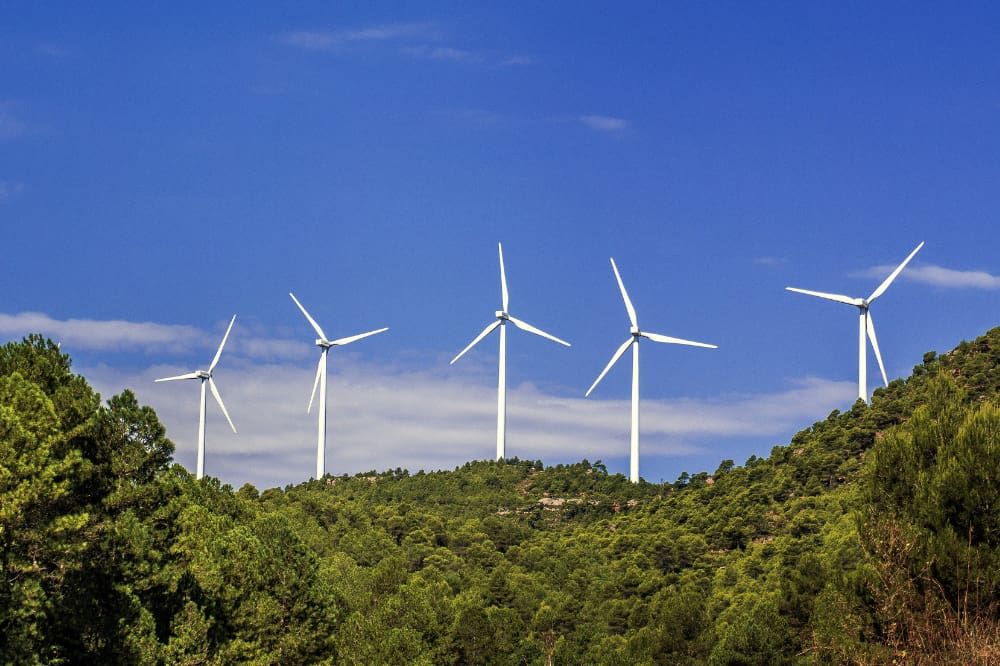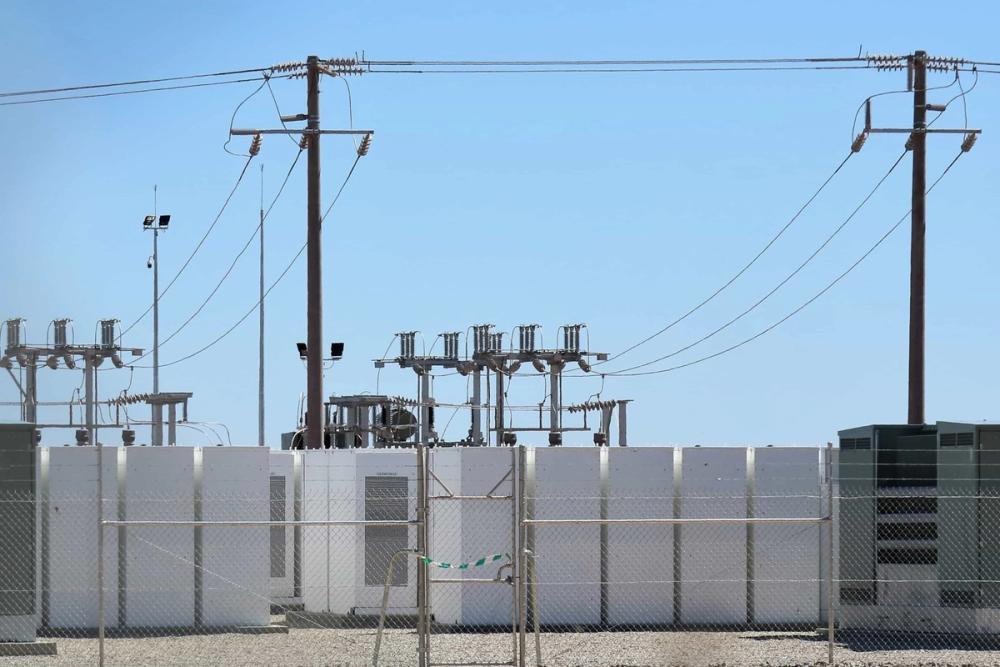Empowering Farmers Through Renewable Energy: A Sustainable Solution For Financial Resilience

In September 2023, the UK government lifted an effective ban on onshore wind development, putting the issue of land use for renewables back at the top of the agenda and the minds of those in the farming community.
With that in mind, we reflect on some thoughts Phil Thompson, CEO of Balance Power, shared earlier this year. Phil spoke to That's Farming about the profound challenges farmers are facing in the UK. The escalating cost of living, an energy crisis, and surging food inflation, particularly in the areas of feed, fuel, and fertilizers, are placing immense financial pressure on farming communities, but hosting renewable energy projects can help to weather this storm.
Is there a resolution in renewables?
In the face of new economic challenges and a rapidly changing climate, new opportunities for farmers to secure a reliable income from their land have emerged. Traditionally, a typical crop yield could bring in an average of £1,500 per hectare. However, the renewable energy sector presents an appealing alternative.
Solar energy projects, which could be installed on grade 3, 4, or 5 land, offer comparable yields, either as a replacement for farming or in parallel with traditional crop production and grazing. Moreover, farmland is also suitable for battery storage projects, which are becoming increasingly vital as their role in tandem with solar power is becoming more and more highly regarded and discussed.
These projects compensate farmers based on the megawatt (MW) capacity they export to the grid and require relatively little space, typically occupying between 2 and 8 acres of land. They provide the dual advantage of ensuring a steady energy supply to match demand during intermittent weather conditions while financially benefiting the landowners hosting them.
It is believed that some renewable energy projects can be detrimental to their surroundings, but this is not the case for solar farms. Solar projects can coexist harmoniously with traditional farming practices, allowing livestock to graze and creating a thriving ecosystem for insects and wildlife, including birds, hedgehogs, and field mice.
When a project's tenure is complete, it is dismantled, and the land could be recultivated or rewilded – a little known fact by those who express a disinterest in dual land use.
While challenges facing farmers have been daunting in recent times, they have also presented opportunities for financial resilience through renewable energy projects.
By embracing solar and battery storage initiatives, farmers could reduce their reliance on government support and contribute to a sustainable future. This path not only promises economic stability but also allows farmers to be stewards of the land, promoting biodiversity and addressing the pressing concerns of our changing climate.
It's a win-win solution that empowers farmers and safeguards our future.



